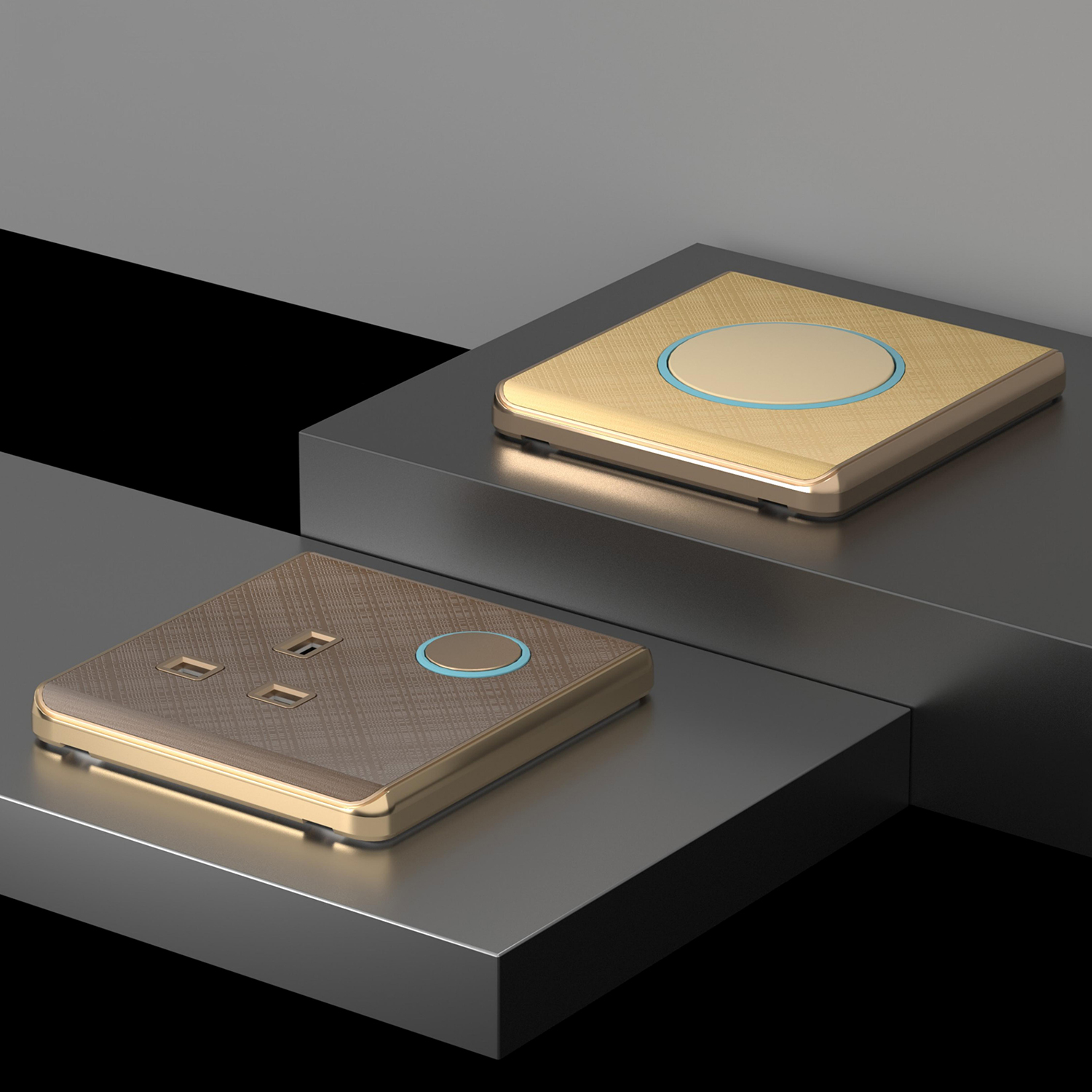Categories
- Blog (315)
From its earliest iterations as simple toggle switches to today’s advanced smart switches, the light switch has continually adapted to meet the demands of modern living. Innovations such as touch-sensitive controls, integration with smart home systems, and emphasis on energy efficiency highlight the ongoing quest to enhance user experience and minimize environmental impact. By tracing the history and advancements of the light switch, we gain insight into the intersection of technology, design, and functionality in shaping our built environment.

A Glimpse into History:
The concept of controlling electric lighting dates back to the late 19th century when the first electric light switches were introduced. These early switches were simple toggle or push-button devices that allowed users to turn lights on and off manually. Over time, advancements in electrical engineering and manufacturing processes led to the development of more reliable and efficient light switches.
From Toggle to Rocker:
One significant evolution in light switch design was the transition from toggle switches to rocker switches. Rocker switches, characterized by a flat, paddle-like mechanism, offer a sleeker and more ergonomic design compared to traditional toggle switches. This innovation not only improved user experience but also paved the way for further advancements in switch technology.
Smart Switches and Automation:
In recent years, the emergence of smart home technology has revolutionized the concept of the light switch. Smart switches, equipped with wireless connectivity and advanced features, allow users to remotely control lighting settings via smartphone apps or voice commands. These intelligent switches offer convenience, energy efficiency, and customization options, transforming the way we interact with our lighting systems.
Touch and Gesture Controls:
Advancements in sensor technology have enabled the development of touch-sensitive and gesture-controlled light switches. These switches detect subtle touch or movement gestures, eliminating the need for physical buttons or toggles. Touch and gesture controls offer a futuristic and intuitive user experience, enhancing the aesthetics and functionality of modern interior spaces.
Energy Efficiency and Sustainability:
Light switches play a crucial role in promoting energy efficiency and sustainability in buildings. The integration of dimmer switches, timers, and occupancy sensors helps optimize lighting usage and reduce energy consumption. Additionally, the implementation of energy-efficient LED lighting technologies further enhances the environmental benefits of modern light switch systems.
Integration with Home Automation Systems:
The future of light switches lies in their integration with comprehensive home automation systems. These systems, often referred to as the Internet of Things (IoT), allow seamless communication and integration between various devices and appliances in the home. By incorporating light switches into IoT ecosystems, users can create personalized lighting scenes, schedule lighting events, and monitor energy usage remotely.
Conclusion:
The journey of the light switch from its inception to its present-day state exemplifies the remarkable progress of technology and human ingenuity. Starting as manual toggle switches, light switches have evolved into sophisticated devices equipped with various features that enhance functionality and user experience.
Rocker switches, for instance, introduced a more ergonomic and aesthetically pleasing design compared to traditional toggles. Their smooth, flat surface and intuitive operation have become standard in modern homes and buildings, offering a seamless transition from manual switches.
The advent of smart switches marks a significant milestone in the evolution of light switch technology. These intelligent devices leverage wireless connectivity and advanced sensors to enable remote control and automation of lighting systems. Users can adjust lighting settings, schedule routines, and even integrate with other smart home devices, enhancing convenience and energy efficiency.
Touch controls represent another innovation that has revolutionized the way we interact with light switches. Capacitive touch-sensitive panels detect users’ touch gestures, providing a sleek and modern alternative to physical buttons. Gesture-controlled switches take this a step further, allowing users to adjust lighting levels or activate preset scenes with simple hand movements.
Integration with home automation systems, including the Internet of Things (IoT), opens up endless possibilities for light switches. By connecting to centralized hubs or cloud platforms, switches can synchronize with other smart devices and respond to environmental cues or user preferences. This seamless integration enhances interoperability and enables personalized lighting solutions tailored to individual needs.
Looking ahead, the future of light switches holds exciting prospects for further innovation and advancement. Emerging technologies such as voice control, artificial intelligence, and augmented reality may reshape the way we interact with lighting in our environments. Moreover, an increased focus on sustainability and energy efficiency will drive the development of eco-friendly lighting solutions and smart switch features that optimize energy usage and minimize environmental impact.
In conclusion, the evolution of light switches underscores the relentless pursuit of progress and improvement in the realm of interior lighting. From manual toggles to smart, interconnected devices, light switches have evolved to meet the changing needs and expectations of users. As technology continues to evolve, the future of light switches promises to deliver even greater convenience, efficiency, and sustainability, enhancing our daily lives and shaping the environments we inhabit.